Cauliflower is a cruciferous vegetable from the same plant family as broccoli, cabbage, kale, etc. Cauliflower has a compact white head, its average size is six inches in diameter, which is composed of undeveloped flower buds.
These buds are attached to the stem. Some buds are ribbed, coarse green leaves that protect them from sunlight, thus preventing the development of chlorophyll. While this process contributes to the white color of most varieties of cauliflower, you can find them in light green and purple.
Cauliflower and its predecessor wild cabbage, derive their origin from ancient Malaysia. Cauliflower went through many transformations and reappeared in the Mediterranean region, where it was a popular vegetable in Turkey and Italy, in 600 BC. It gained popularity in France in the mid- 16th century and subsequently is processed in Northern Europe and the British Isles. United States, France, Italy, India and China today are the largest producers of cauliflower.
In addition to the well-known white cauliflower, there are green, purple and yellow ones.
Composition of Cauliflower
One cup of cooked cauliflower is an excellent source of vitamin C (91, 5%), folate (13, 6%) and dietary fiber (13.4%). Cauliflower is also a very good source of vitamin B5, vitamin B6, manganese and omega-3 fatty acids. 124 g of cauliflower contains 28.52 calories.
Cauliflower is rich in provitamin A, pantothenic acid and nicotinic acid, folic acid and vitamin K and it has extremely diversified mineral content - calcium, sodium, potassium, iron, magnesium, phosphorus, copper, chlorine and sulfur. It contains citric and malic acid.
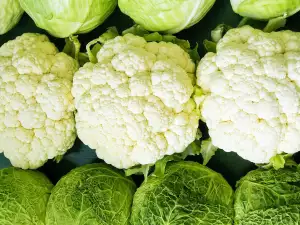
People interested in diet meals should be very happy, because.
Selection and storage of cauliflower
When purchasing cauliflower, it is necessary to choose a pure, creamy white, compact head, where the buds are not separated. Cauliflower that has stains or is dull in color should be avoided, along with ones with small flowers. It is better to choose vegetables, surrounded by many thick green leaves, as they are more secure.
Storage of fresh cauliflower is done in a paper or plastic bag in the refrigerator, where it can be stored up to one week. To prevent the development of moisture in flower clusters, it is necessary to place your cauliflower stem side down. When buying pre-cut cauliflower, it should be consumed within one or two days.
Culinary use of cauliflower
Of all types of cabbage, cauliflower is absorbed easily by the body. Cellulose is more gentle and does not cause flatulence in the intestine. This makes it a valuable dietary food that is widely used in many winter pickles, soups and salads. Cauliflower has very close kinship with broccoli, so they are interchangeable in almost all recipes.
Cauliflower contains phytonutrient substances, but also smelly sulfur compounds, which are released when heated. The smell that is released becomes more acute with increasing cooking time. To reduce yhe odor and keep the vegetables with fresh texture, you need to cook cauliflower in a short time.
Some of these sulfur compounds can react with iron contained in cookware and yield brownish color cauliflower. To prevent this, you can add a little lemon juice to the water in which the cauliflower is blanched.
Cauliflower can be steamed in a special basket, in about 15 minutes. It can be boiled in a closed container with a little bay leaf, salt and water. If you want to suffocate cauliflower, add a little butter and water and sauté for about 7 minutes.

Hot cooked or steamed cauliflower can be seasoned with a little butter, pepper and onion. If you want a delicious and easy appetizer - serve cauliflower with garlic mayonnaise. Fried Cauliflower is a new, but very interesting and tasty way to make it.
Benefits of Cauliflower
We can highlight the following health benefits that cauliflowers have:
- Sulfur-containing phytonutrient substances in cauliflower promote liver detoxification. Cruciferous vegetables contain glucosinolates and thiocyanates (including sulforaphane and isothiocyanate). These compounds increase the liver's ability to neutralize potentially toxic substances.
- New studies suggest that cruciferous vegetables help prevent cancerous diseases. When these vegetables are cut, chewed or processed, the sulfur-containing compound called sinigrin comes into contact with the mirozinaza enzyme, leading to the release of glucose and breakdown of certain products, including highly reactive compounds called isothiocyanates. Isothiocyanates lead not only to detoxify carcinogens, but one of these compounds also inhibits mitosis (cell division) and stimulates apoptosis (programmed cell death) in human tumor cells.
- Cauliflower optimize detoxification of cells and helps cleanse. New studies reveal that the phytonutrient substances in cauliflower, operate on a much deeper level. These compounds actually signal genes to increase the production of enzymes involved in detoxification.
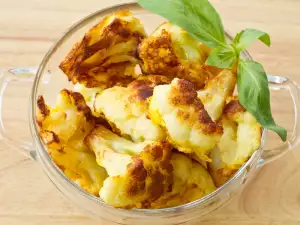
- Cruciferous vegetables reduce the risk of prostate cancer;
- Adding turmeric to the consumption of cauliflower helps improve male health;
- Cauliflower protects against rheumatoid arthritis;
- Taking cauliflower leads to benefits for the cardiovascular system;
Dangers of cauliflower
Cauliflower contains goitrogens, natural substances in certain foods that can affect the thyroid gland. Individuals with already existing and untreated thyroid problems should avoid consumption of cauliflower for this reason. Cooking can help the dissolution of these compounds.
Cauliflower contains natural substances called purines. In some individuals who are susceptible to purine problems, excessive intake of these substances can cause health problems.
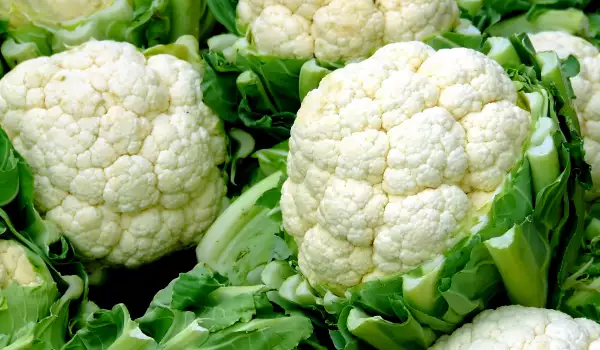

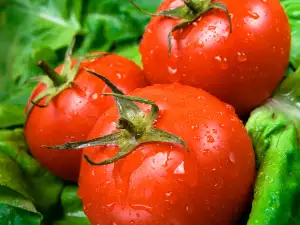
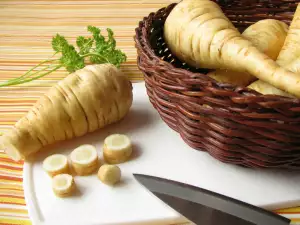




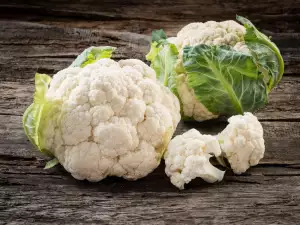
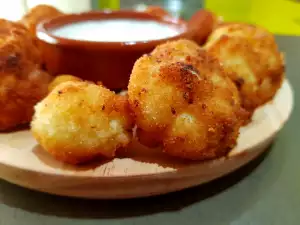

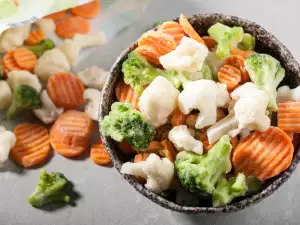

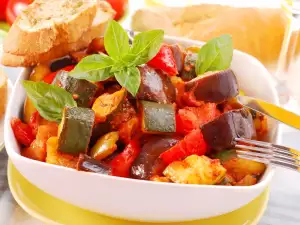





Comments